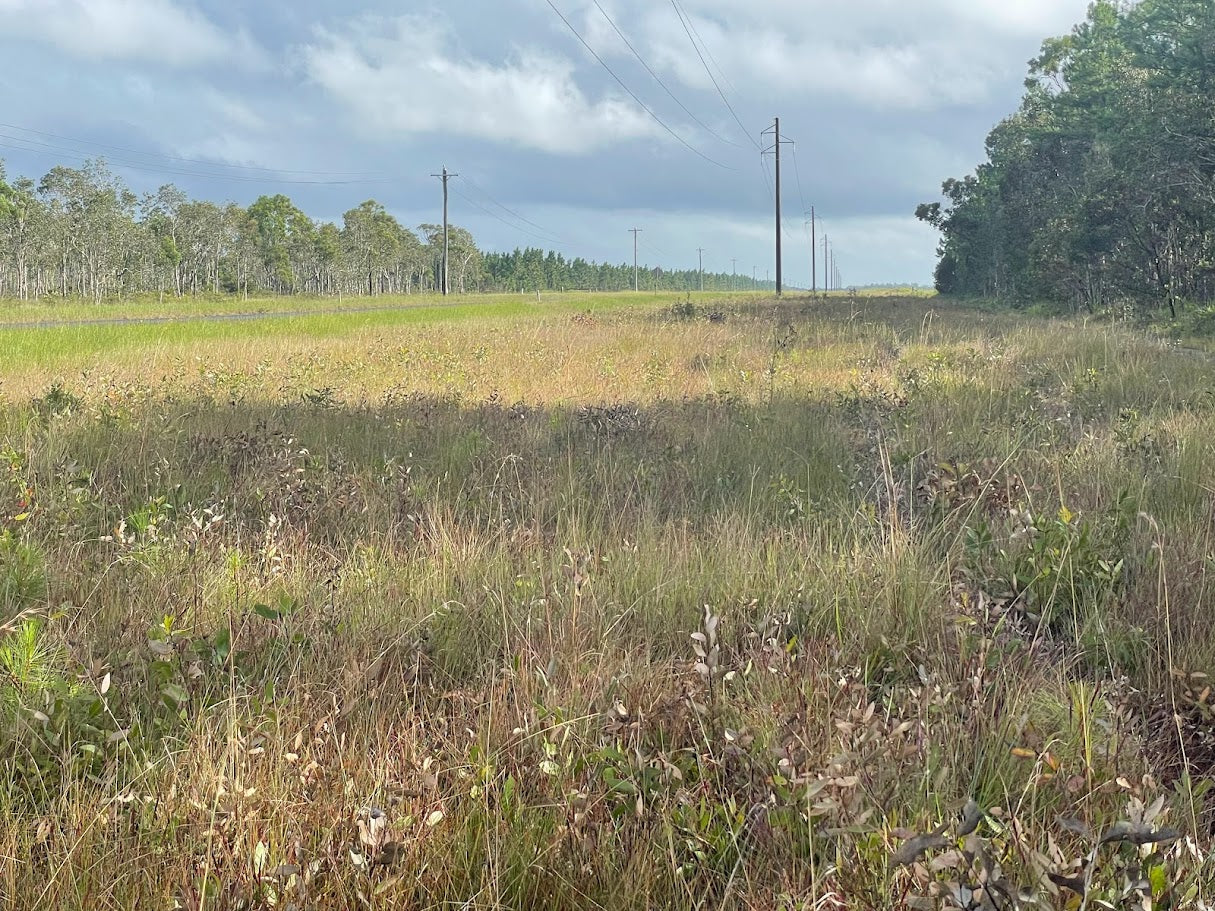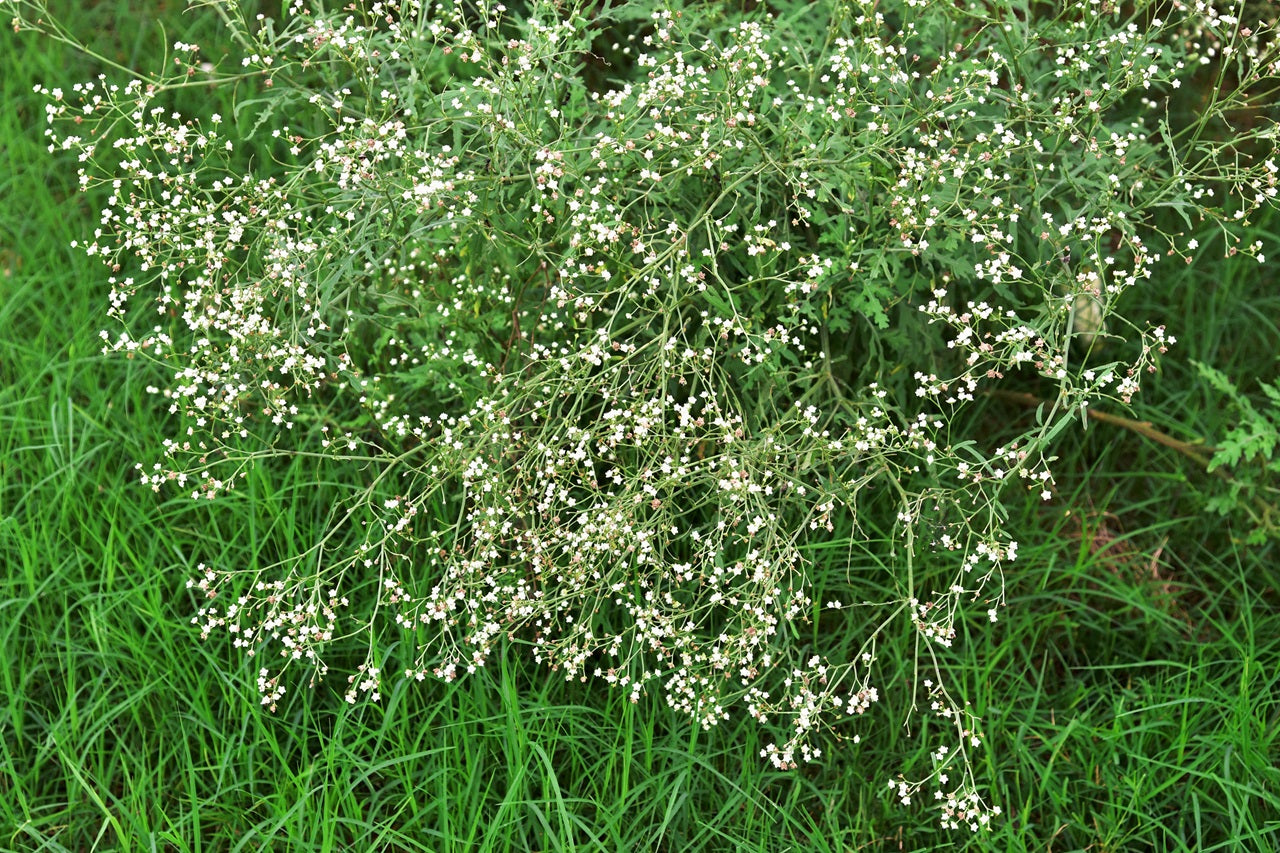
Aligning Policy with Practice: Guidelines for Sustainable Herbicide Use in Conservation Efforts
Conservation efforts are at the heart of protecting Australia’s natural heritage, from unique biodiversity to vital ecosystem services like water filtration and climate regulation. Yet, achieving conservation goals often involves difficult decisions, such as managing invasive weeds with herbicides. While effective, herbicide use requires careful planning and adherence to sustainable practices to align with environmental policies and minimise ecological risks.
By integrating robust guidelines into conservation practices, land managers can ensure that herbicides contribute positively to ecosystem restoration while safeguarding the values of natural areas.
The Importance of Sustainable Herbicide Use in Conservation
Ecosystems in Australia, valued at approximately $2.4 trillion annually according to the Australian Bureau of Statistics (ABS), are under constant threat from invasive species. Weeds displace native plants, degrade habitats, and disrupt ecological processes. Herbicides provide a powerful tool for managing these threats but must be used strategically to prevent unintended harm.
Sustainable herbicide use in conservation involves aligning practical management techniques with ecological principles and regulatory policies. This ensures that the benefits of weed control are achieved while maintaining the integrity of natural ecosystems.
Key Principles for Sustainable Herbicide Use
-
Adherence to Environmental Policies
Australian policies and regulations, such as those governing chemical registration and use near sensitive areas, provide a framework for herbicide application. Compliance with these guidelines ensures herbicides are used responsibly and legally in conservation projects. -
Site-Specific Planning
Every natural area has unique ecological, hydrological, and cultural characteristics. Developing site-specific herbicide plans allows for tailored approaches that account for these variables and minimise environmental impact. -
Integrated Weed Management (IWM)
Herbicides should be part of a broader IWM strategy, combining mechanical, biological, and cultural control methods. This holistic approach reduces reliance on chemicals while improving long-term weed control outcomes. -
Low-Impact Herbicides
Selecting herbicides with low residual effects and minimal off-target impact is essential, especially in sensitive environments like riparian zones or wetlands. -
Timing and Targeting
Applying herbicides during optimal growth stages of invasive species maximises effectiveness while reducing the amount of chemical needed. Spot spraying or wick wiping further ensures precision. -
Monitoring and Adaptive Management
Regular monitoring of herbicide efficacy and ecological impact allows for adjustments in strategies, ensuring continuous improvement and alignment with conservation objectives.
Aligning Conservation Goals with Herbicide Practices
1. Protecting Biodiversity
Conservation policies prioritise the protection of native species and habitats. Herbicide use must be carefully planned to target invasive weeds without harming native vegetation. Selective herbicides and precision application techniques, such as stem injection or cut-stump treatments, are effective methods to achieve this balance.
2. Preserving Water Quality
Riparian zones and wetlands are critical for water filtration and biodiversity but are often overrun by invasive species. Policies governing chemical use near waterways aim to prevent herbicide runoff, which can harm aquatic life. Low-toxicity herbicides and buffer zones between treated areas and water bodies ensure compliance with these policies and protect water quality.
3. Supporting Long-Term Ecosystem Recovery
Herbicide use should align with long-term conservation goals, such as restoring native vegetation and other key elements of the underlying ecosystem. Policies promoting sustainable land management encourage follow-up actions like replanting native species and enhancing soil structure through organic amendments.
Case Study Sustainable Herbicide Use in Riparian Zone Restoration
A riparian restoration project in southeastern Australia faced significant challenges with invasive weed infestations. To align herbicide, use with conservation policies, the project followed these guidelines:
- Policy Compliance: Only herbicides registered for use near waterways were applied, ensuring no harm to aquatic ecosystems.
- Targeted Application: Herbicides were applied during the active growth phase of each weed, using targeted delivery techniques to minimise off-target impact.
- Revegetation Efforts: Native riparian plants were introduced to stabilise soil and outcompete regrowth of invasive species.
- Monitoring: Water quality and biodiversity were monitored post-application to ensure no negative impacts occurred.
By aligning policy with practice, the project successfully restored the riparian zone, improving water quality and creating a thriving habitat for native species.
Economic and Ecological Benefits of Sustainable Practices
Sustainable herbicide use delivers dual benefits for conservation efforts:
- Economic Efficiency: Targeted and precise applications reduce the volume of herbicide needed, lowering costs for materials and labour.
- Enhanced Ecosystem Services: Restored ecosystems contribute to water filtration, soil stabilisation, and biodiversity, supporting industries like agriculture and tourism.
- Policy Compliance Reduces Risks: Following regulations reduces the risk of penalties and public backlash, fostering trust and support for conservation initiatives.
Practical Steps for Land Managers
To align herbicide, use with conservation policies, land managers should:
- Conduct Environmental Assessments: Identify site-specific risks and develop mitigation strategies.
- Select Appropriate Herbicides: Use products that meet regulatory and ecological standards for the area.
- Train Personnel: Ensure applicators are trained in sustainable practices and regulatory compliance.
- Engage Stakeholders: Collaborate with government agencies, local communities, and environmental groups to build support and share knowledge.
- Document and Report: Maintain records of herbicide applications, monitoring results, and adaptive management actions to demonstrate transparency and accountability.
Conclusion: A Balanced Path Forward
Sustainable herbicide use is a cornerstone of effective conservation efforts. By aligning practices with environmental policies and adopting science-based guidelines, land managers can control invasive species, restore ecosystems, and protect biodiversity without compromising ecological integrity.
In a world where natural areas are increasingly under threat, aligning policy with practice ensures that conservation efforts are both effective and sustainable. By embracing this balanced approach, we can achieve long-term ecological health and leave a lasting legacy of thriving, resilient landscapes for future generations.
Additional content
VIEW GWS' ADDITIONAL CONTENT TO LEARN MORE ABOUT THE WEED INDUSTRY

Towards Modern Vegetation Management: Solutions for Australia’s Linear Infrastructure
Understanding the Changing Vegetation Challenge Vegetation management across Australia’s linear infrastructure corridors is becoming increasingly complex. Roads, rail corridors, gas pipelines, elec...
Read more
Case Study: Parthenium Weed Hygiene
Introduction: The Necessity of Weed Hygiene Management Australia’s vast expanses and diverse land uses, from grazing pastures and cropping zones to natural bushland and urban corridors are u...
Read more
The Critical Role of Weed Hygiene in Effective Weed Management
Weed hygiene management is a cornerstone of effective biosecurity and sustainable land use in Queensland. The unchecked movement of soil, vehicles, stock, and equipment can inadvertently spread inv...
Read more
